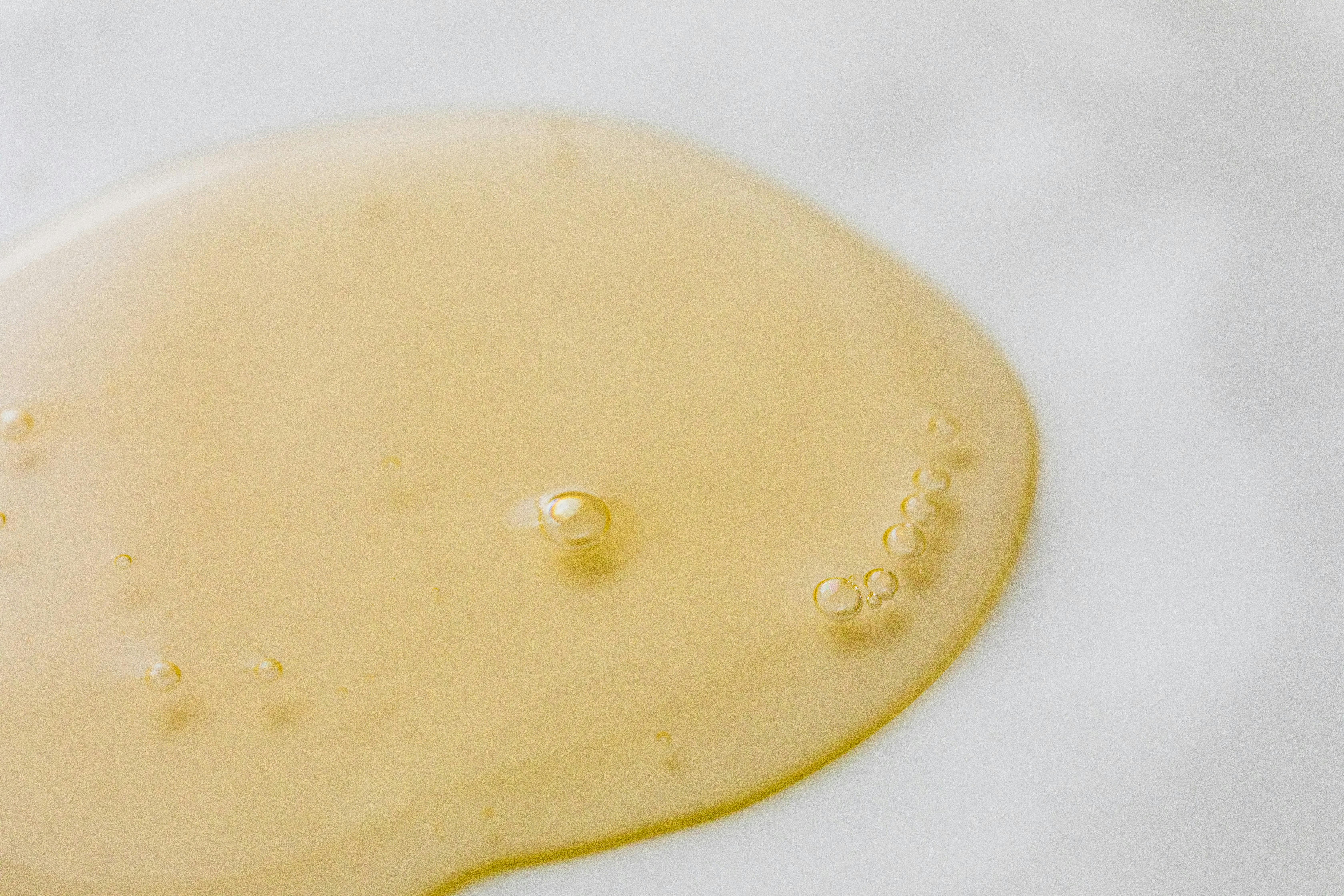Distillate oil is a type of petroleum product derived from the refining process of crude oil. It is composed of hydrocarbons and other organic compounds with a high boiling point, which means that it can be heated to very high temperatures without evaporating. Distillate oil is used for a variety of industrial and commercial applications, including heating oil, diesel fuel, jet fuel, lubricants and fuel additives. In this article, we will take a look at how distillate oil is made in the refining process.
Distillate Oil
Distillate oil is a type of petroleum-based fuel oil used for a variety of applications, from powering car engines to heating homes. It is made up of hydrocarbons that have been separated from crude oil through a process called distillation. The process involves boiling the crude oil until it vaporizes, then condensing the vaporized liquid into various fractions that can be used as fuel. Each fraction has its own distinct characteristics, such as viscosity and different boiling points. The most common types of distillate oils are diesel, kerosene, and heating oils.
How is Distillate Oil Made?
Distillate oil is made by first extracting the crude oil from beneath the earth’s surface. The crude oil is then heated in large vessels to temperatures between 350-650°F (177-343°C). This causes the lighter hydrocarbons to vaporize and rise to the top of the vessel, where they are condensed into liquid form and collected in separate tanks. The heavier hydrocarbons remain liquid in the bottom of the vessel and can
Step 1: Separation
The first step of crude oil refining is to separate the various components of crude oil. This is done through a process called fractional distillation, where the various components are heated and separated out into different fractions based on their boiling points. The fractions that are obtained from this process include naphtha, gasoline, kerosene, diesel fuel, and lubricating oils.
Step 2: Conversion
The next step in the refining process is conversion. During this step, some of the heavier fractions are converted into lighter fractions to improve their quality and usefulness. For example, a process called hydrocracking converts heavier oils such as diesel fuel into lighter fractions such as naphtha and gasoline. Other processes such as reforming can be used to improve the octane rating of gasoline.
Step 3: Treatment
The third step in crude oil refining is treatment. During this step, contaminants such as sulfur or nitrogen are removed from the oil through processes like hydrodesulfurization or hydrotreating. This helps to improve the quality of
Hydrocarbons Separated from Crude Oil
Hydrocarbons are an important component of crude oil and are separated from the oil through a process known as fractional distillation. During fractional distillation, the crude oil is heated to a high temperature and the hydrocarbons are separated into different fractions according to their boiling points. The boiling points of hydrocarbons can range from very low temperatures for gases such as methane, to very high temperatures for heavier oils such as fuel oil.
Once the fractions have been separated from the crude oil, they can be further processed to produce various products such as gasoline, diesel, kerosene, heating oil and lubricating oils. Fractional distillation is also used to separate other components of crude oil such as sulfur, nitrogen and oxygen compounds. These compounds can be further processed separately or combined with other materials to produce fertilizers, plastics or other products.
Fractional distillation is a complex process that requires specialized equipment and expertise. The process involves carefully controlling temperatures and pressures in order to ensure that the fractions being separated have the

How Are Impurities Removed from Crude Oil During the Refining Process?
The refining process is an essential step in the production of crude oil. During the refining process, a variety of impurities are removed from the crude oil in order to produce a higher quality and more usable product. These impurities can include sulfur, nitrogen, and other compounds that can potentially be harmful to humans or the environment. The process of removing these impurities begins with distillation, which separates the different components of crude oil based on their boiling points. After this initial separation, further treatment processes such as hydrotreating and catalytic reforming are used to remove any remaining impurities. Hydrotreating involves exposing the crude oil to hydrogen at high pressures and temperatures, while catalytic reforming uses a catalyst to break down sulfur-containing molecules into simpler compounds that can then be removed from the crude oil. Additionally, dewaxing is also commonly used to reduce wax content in diesel fuel and kerosene derived from crude oil. Through these various processes, many of these potentially harmful impurities are effectively removed from the crude oil, allowing it to be safely used for a variety of applications.
What Is Hydrotreating?
Hydrotreating is a refining process that uses hydrogen and a catalyst to purify and improve the quality of petroleum products. This process is used to remove sulfur, nitrogen, and other impurities from crude oil and other refined products. Hydrotreating is also used to improve the octane number of gasoline and reduce the amount of aromatic hydrocarbons in diesel fuels. The result is cleaner, more efficient products that are better for the environment.
How Does Hydrotreating Affect the Production of Distillate Oil?
Hydrotreating has a significant impact on the production of distillate oil as it helps to reduce sulfur content, which can cause corrosion in engines. This process also helps to reduce carbon deposits in fuel lines and injectors, which leads to improved combustion efficiency. By removing sulfur and nitrogen compounds from distillate oil, hydrotreating helps ensure that it meets stringent environmental standards. Hydrotreating also helps optimize the distillation process by increasing the range of temperatures at which different fractions can be separated from each other. Finally, hydrotreating improves product stability by reducing oxidation rates

Conclusion
Distillate oil is an important petroleum product that is used for many industrial and commercial purposes. Distillate oils can be made from a range of different crude oils, with the choice of oil depending on the type of distillate required. The distillation process involves heating the crude oil to separate it into different fractions, with each fraction having different properties and uses. The process also requires the use of specialty equipment, such as vacuum columns and distillation towers, to properly separate the fractions. Once the distillation process is complete, further refining processes may be used to remove any contaminants or unwanted chemicals from the distillate oil to ensure it meets specifications for its intended use.
Ultimately, distillate oil is a very important product that serves many uses in industry and commerce. While the production process may seem complicated, it follows a simple set of steps to ensure that only the highest quality fuel is produced. Properly refining and treating distillate oils can help to ensure even better performance when used in engines and other applications.

